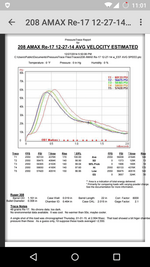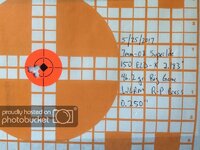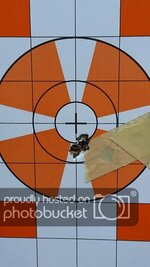- Messages
- 3,115
- Reactions
- 6,599
First things first. Buy a couple good load manuals. For instance, if you intend to shoot Nosler bullets, buy a Nosler manual. If you know you will shoot Hornady bullets, buy a Hornady load manual. Its good to familiarize yourself with these manuals. Especially the "how to" section. Every hand loader should have these manuals, I don't care if you can get load data off the internet. It's always good to have a good reference at hand and one that will walk you through important steps of the loading process.. You don't need a good buddy that loads to hold your hand. Sometimes its better if you learn and retain information on your own, rather than someone else showing you and then you barely get the gist of it and screw up something along the way because you weren't thorough enough or didn't remember a certain step. Trust me, a couple good load manuals at your side will be a good investment.. As a side note, I'm actually glad you are considering reloading for that new rifle. I was wondering how you would ever be able to shoot your desired 3" groups at 500 yards with factory ammo in that rifle. With handloads, you should be able to get closer to that goal you have..
Last Edited:

















